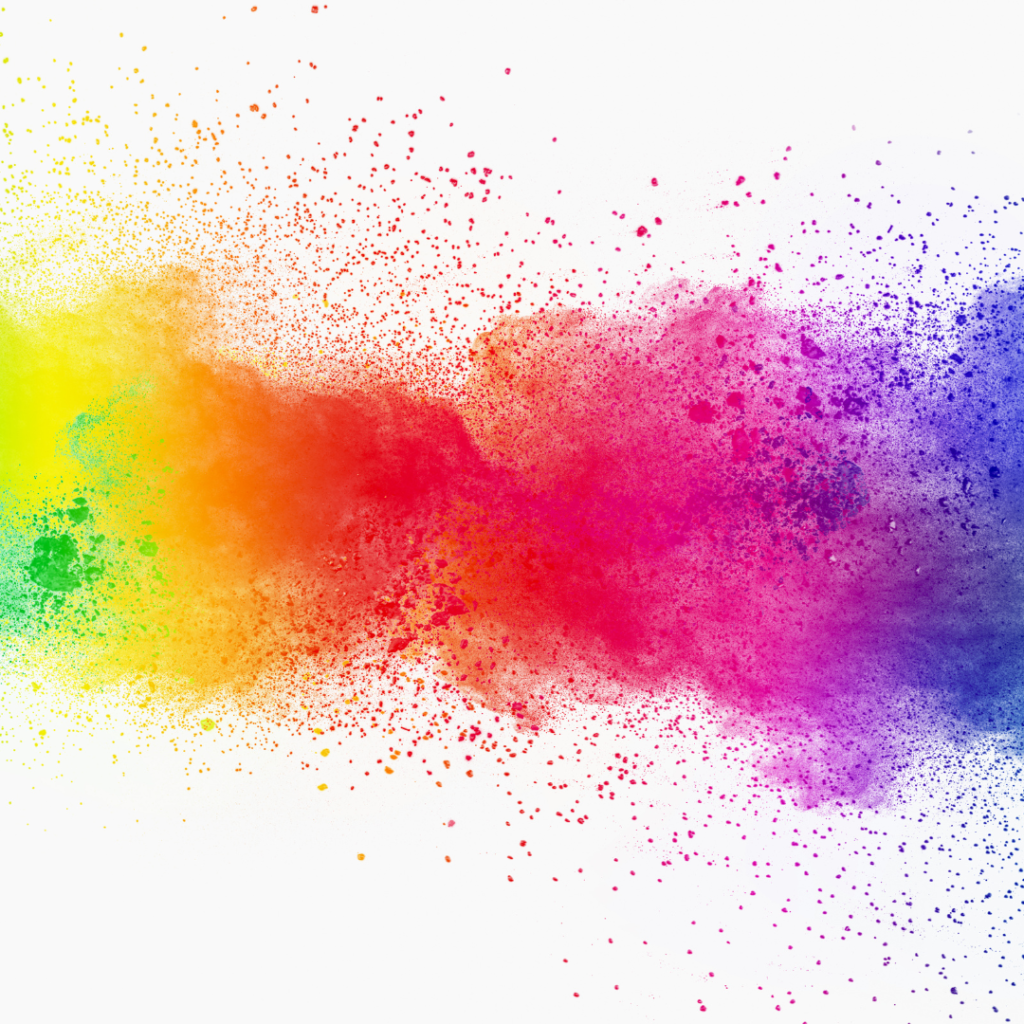
Color therapy is a holistic healing modality that uses the visible spectrum of light and color to promote physical, mental, and emotional well-being. It is based on the belief that each color has its own unique vibration and frequency, which can be used to balance the body’s energy field and promote healing.
In my youth, or early teen years is when I first recognized the power of color. When coming home from school after an unusual day of positive events or negative events I would recall noticing what I wore on these particular days and began associating the outfit or color and connected it to the events. For example, I had this gorgeous turquoise blue blouse and pant set I would wear often, and on these particular days I noticed I would feel uplifted, confident and have better days. When I wore brown, I noticed I kind of just blended into the background, nothing outstanding would occur but I felt comfortable. It wasn’t until many years later I started learning about the meaning of colors and how they can affect you. Now I contentiously wear certain colors depending on my mood or what I intend to present as for that day i.e.; if I want to attract attention and be in the spotlight I will wear red, if I have to speak in a crowd or present something I will wear blue. You get the gist. Certain colors are also connected to the 7 Chakras, with each color having a representation of each chakra. So, are we activating these chakras when wearing this colors, most definitely.

Color therapy has been used for centuries by many cultures around the world. The ancient Egyptians, Greeks, and Romans all used color for healing purposes. In more recent times, color therapy has been gaining popularity as a complementary or alternative therapy for a variety of conditions.
There is some scientific evidence to support the use of color therapy. For example, studies have shown that exposure to certain colors can affect heart rate, blood pressure, and respiration. Additionally, color therapy has been shown to be effective in reducing stress, anxiety, and pain.
However, more research is needed to fully understand the mechanisms by which color therapy works and to establish its effectiveness for specific conditions.
If you are interested in trying color therapy, there are a few different ways you can do so. You can work with a certified color therapist, who will use a variety of techniques to incorporate color into your healing plan. These techniques may include:
- Color visualization: This involves imagining yourself surrounded by or bathed in a certain color.
- Color exposure: This involves spending time in a room that is painted a certain color or wearing clothing that is a certain color.
- Color therapy lamps: These lamps emit colored light that can be used to promote healing.
- Color gemstones: Certain gemstones are associated with specific colors and can be used to promote healing.
- Eating specific foods that have the colors we want to represent

Here is a table that lists some of the most common colors used in color therapy and their associated benefits:
| Color | Association |
| Red | Stimulates, energizes, and increases circulation. Promotes aggressiveness, sociable, attraction |
| Orange | Energizes, stimulates, and promotes creativity. Freeing, ambition. |
| Yellow | Energizes, stimulates, and improves digestion. Mood lifting, happiness and joy, promotes friendship |
| Green | Calms, soothes, and balances. Promotes healing and prosperity |
| Blue | Relaxes, calms, and reduces stress. Increased confidence |
| Indigo | Promotes intuition, spirituality, wisdom and encourages sleep. |
| Pink | Romance, love, truelove, peaceful. Reduces appetite |
| Violet | Promotes relaxation, spirituality, and sleep. |
| Brown | Grounding, reliability, strength, natural |
| Black | Power color, authority, professionalism, calming and promotes protection |
| White | Purifying, innocence, harmony, soothing, spiritual healing |
If you are interested in learning more about color therapy, there are a number of resources available online and in libraries. You can also find certified color therapists in your area by searching online or through the National Association of Color Therapy Practitioners.
Color therapy is not a substitute for medical treatment, but it can be a helpful complementary therapy for some conditions.
Peace, Love and Light


